What is a Voice Disorder?
A child with a voice disorder has a problem with their voice quality, tone, pitch, or loudness level.
Causes of Voice Disorders:
A voice disorder may have an organic cause such as inflammation or structural difference in the “voice box” or functional causes such as yelling or over-use of one’s voice. Voice disorders are not mutually exclusive, and overlap of possible causes is common. For example, vocal nodules, a structural change to the vocal folds, can result from excessive yelling.
Signs and symptoms of a voice disorder may include:
- roughness
- breathiness
- strained quality (tense or harsh as if talking and lifting at the same time)
- strangled quality (as if talking with breath held)
- abnormal pitch (too high, too low, pitch breaks, decreased pitch range)
- abnormal loudness/volume (too high, too low, decreased range, unsteady volume)
- abnormal resonance (eg. sounds like the person has a cold)
- aphonia (loss of voice)
- phonation breaks (the voice starts and stops)
- asthenia (weak voice)
- gurgly/wet sounding voice
- hoarse voice (raspy, )
- pulsed voice (audible creaks or pulses in sound)
- shrill voice (high, piercing sound, as if stifling a scream)
- tremulous voice (shaky voice; rhythmic pitch and changes in loudness)
Other signs and symptoms include:
- increased vocal effort associated with speaking
- decreased vocal endurance or onset of fatigue with prolonged voice use
- variable vocal quality throughout the day or during speaking
- running out of breath quickly
- frequent coughing or throat clearing (may worsen with increased voice use)
- excessive throat or laryngeal tension/pain/tenderness
The Role of the Speech-Language Pathologist (SLP)
SLPs play a central role in the assessment, diagnosis, and treatment of voice disorders. SLPs are trained to evaluate vocal use and vocal function to help determine the cause of reported symptoms and appropriate treatment methods for improving your child’s voice production.
However, it is important that if you have concerns regarding your child’s voice, that you also discuss this further with your doctor.
Before an SLP can treat your child’s voice disorder, the cause of his/her voice difficulties needs to be determined and your child will first need to be seen by a Ear, Nose and Throat Specialist (Otolaryngologist.) This referral will be need to be made by your child’s doctor.
When intervention is necessary, the school speech language pathologist will refer children to School Based Rehab Services (SBRS) for speech therapy.
Children living in Wellington County are referred to KidsAbility and Children living in Dufferin County are referred to ErinOakKids for School Based Rehab services.
Questions regarding your child’s status on the SBRS waitlist for speech therapy should be directed to the appropriate Children’s Treatment Centre. KidsAbility: 1 519-886-8886 ErinOakKids: 1 905-855-2690.
Resources
Voice Disorder Handout – Your Child’s Voice (www.kidshealth.org)

